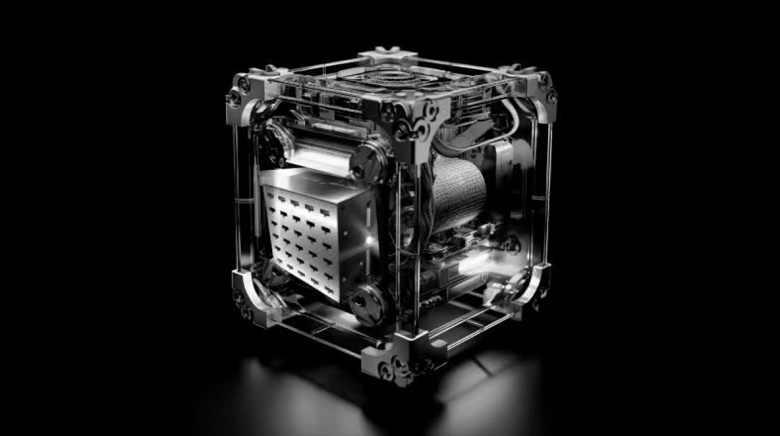The M1.5 FireStar Drive promises new capabilities using water and boron
RocketStar has announced a breakthrough in the development of space engines. Recent testing of the company's M1.5 FireStar Drive ion engine showed a 50% increase in thrust thanks to neutron-free nuclear fusion technology.
In 1964, the Soviet Union launched «Zond-2» with the aim of flying around Mars. The mission was unsuccessful — approximately six months later, contact was lost. However, the mission made its mark on history thanks to the experimental ion thrusters that were used to control the probe's orientation.
Pulsed plasma engines had a deceptively simple design with a Teflon plug at one end of a tube consisting of a cathode and anode. When an electric arc arose between them, part of the Teflon evaporated and created a small draft.
The popularity of such pulsed plasma engines remained relatively low. However, their simplicity and reliability have attracted the attention of engineers from time to time, and in 2000 NASA conducted a series of experiments using such engines during its Earth Observing 1.
mission.
All this would have remained a footnote in the history of space exploration if not for a new project by the US Air Force Research Laboratory (AFRL) and commercial partners. Scientists and engineers have developed neutron-free nuclear fusion technology that is ushering in a new era in space propulsion.
RocketStar implemented this technology by creating the M1.5 FireStar Drive ion engine. One of the key points of the new engine — use of boron-enriched water as fuel. The reaction between water and boron causes protons to collide with boron atoms, resulting in the formation of an unstable carbon-12 molecule. It quickly decays into alpha particles and a beryllium nucleus, which in turn quickly decays into more alpha particles.
The result is a kind of afterburning effect, in which the released energy doubles the thrust. FireStar Drive is scheduled to fly on D-Orbit's own OTV ION missions in July and October of this year.
«We are delighted with the results of the initial testing», — said Chris Craddock, CEO of RocketStar. «At a conference in Florida, I sketched this idea on a napkin and described it to Wes Fahler, founder of Miles Space. He took part in the development of both the basic engine and the improvement of the thermonuclear fusion mechanism. We acquired Miles Space and Faler is now our CTO».

